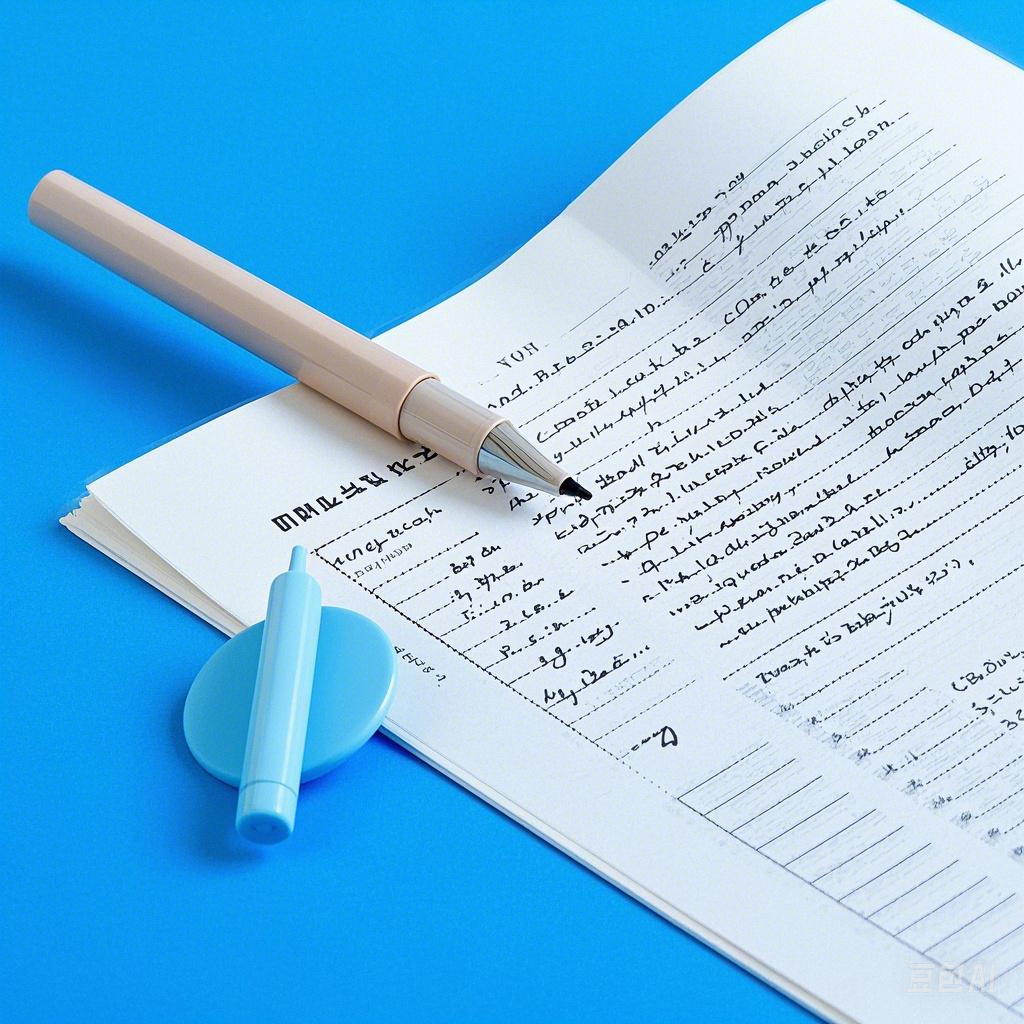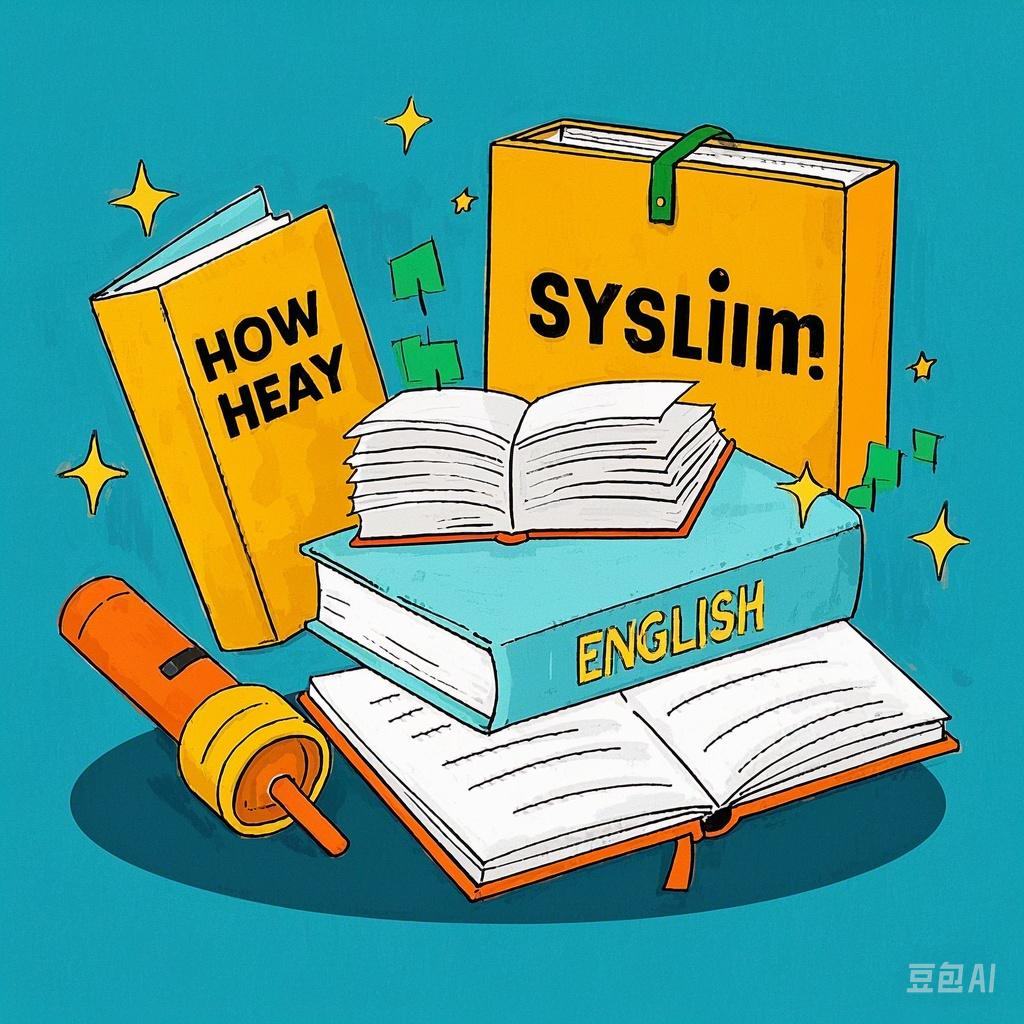 家人们,做完型填空的时候,是不是总觉得一头雾水😫 今天就来跟大家唠唠我做完型填空的一些体会。
家人们,做完型填空的时候,是不是总觉得一头雾水😫 今天就来跟大家唠唠我做完型填空的一些体会。
📌老师的方法真的靠谱吗🤔 每次做英语完型填空,老师总让咱先整体浏览全文,把握核心大意🧐
👉第一步:像看电影预告片那样,快速扫一遍全文,知道文章大概讲啥。开头、结尾还有每段首尾句,都得重点留意,这里面藏着关键线索,能帮咱理清故事脉络。就像玩解谜游戏,这些线索就是打开大门的钥匙🔑
👉第二步:浏览完,回到文章开头逐句精读。要是碰到那种结构复杂的句子,别慌!先找出句子的 “主心骨”,也就是主语、谓语,有宾语也一起找出来。这样,复杂句子的基本框架就一目了然啦~这就跟拼图一样,先把大块拼图位置定好,小块的不就轻松接上了嘛。 听起来好像很有道理,那咱就按老师的方法试试看👀
Your social life is defined as the activities you do with other people ,for pleasure, when you are not working ,It´s important to have a social life, but what´s right for one person won´t be right for another.Some of us feel energised by spending lots of time with others,_1_,some of us may feel drained, even if it´s doing something we enjoy.
This is why finding a_2__in your social life is key.Spending too much time on your own, not _3_others, can make you feel lonely and_4_.Loneliness is known to impart on your mental health and _5_ a low mood.Anyone can feel lonely at any time.This might be especially true if, _6_ , you are working from home and you are_7_on the usual social conversations that happen in an office.Other life changes can_8_periods of loneliness too, such as retirement changing jobs or becoming apparent.
It´s important to recognise these feelings of loneliness.There always to_9_a social life, but it can feel overwhelming__10_It´s a great ideal to start by thinking about hobbies you enjoy.You can them find groups and activities related to those where you will be able to meet__11_ people.There are groups aimed at new parents, at those who want to_12_a new sport for the first time, or networking events for those in the same profession to meet up and _13__ideas.
On the other hand, it´s__14_possible to have too much of a social life.If you feel like you´re always doing something and there is never any_15_ in your calendar for downtime, you could suffer social burnout or social _16__.We all have our own social limit and it´s important to recognise when you´re feeling like it´s all too much.Low mooed, low energy, irritability and trouble sleeping could all be _ 17_of poor social health.Make sure you_18__ some time in your diary when you´re_19_for socialiing and use this time to relax, _20_and recover.
1: A. because B. unless C. whereas D. until
2: A. contrast B. balance C. link D. gap
3: A. seeing B. pleasing C. judging D. teaching
4: A. misguided B. surprised C. spoiled D. disconnected
5: A. contribute to B. rely on C. interfere with D. go against
6: A. in fact B. of course C. for example D. on average
7: A. cutting back B. missing out C. breaking in D. looking down
8: A. shorten B. trigger C. follow D. interrupt
9: A. assess B. interpret C. provide D. regain
10: A. at first B. in turn C. on time D. by chance
11: A. far-sighted B. strong-willed C. kind-hearted D. like-minded
12: A. try B. promote C. watch D. describe
13: A. test B. share C. accept D. revise
14: A. already B. thus C. also D. only
15: A. visit B. order C. space D. boundary
16: A. fatigue B. criticism C. injustice D. dilemma
17: A. sources B. standards C. signs D. score
18: A. take over B. wipe off C. add up D. mark out
19: A. ungrateful B. unavailable C. responsible D. regretful
20: A. react B. repeat C. return D. rest
📌现状分析
首先,咱们瞧瞧首尾段和中间段的首尾句吧
[首段]
You social life is defined as the activities you do with other people ,for pleasure, when you are not working. It´s important to have a social life, but what´s right for one person won´t be right for another.Some of us feel energised by spending lots of time with others,_1_,some of us may feel drained, even if it´s doing something we enjoy.
[中间段]
This is why finding a_2__in your social life is key..省略中间部分内容..Other life changes can_8_periods of loneliness too, such as retirement changing jobs or becoming apparent.
It´s important to recognise these feelings of loneliness..省略中间部分内容..There are groups aimed at new parents, at those who want to_12_a new sport for the first time, or networking events for those in the same profession to meet up and _13__ideas.
[尾段]
On the other hand, it´s__14_possible to have too much of a social life.If you feel like you´re always doing something and there is never any_15_ in your calendar for downtime, you could suffer social burnout or social _16__.We all have our own social limit and it´s important to recognise when you´re feeling like it´s all too much.Low mooed, low energy, irritability and trouble sleeping could all be _ 17_of poor social health.Make sure you_18__ some time in your diary when you´re_19_for socialiing and use this time to relax, _20_and recover.
你们看哈,很多完型填空,首尾段好多关键信息都被挖空了,中间段的首尾句也不放过,这样残缺不全的句子,真的很难快速了解全文主旨啊,每次做到这种题我都想抓狂😤
📌老方法行不通
我回想了一下老师教的方法,发现那些方法做阅读理解还行,做完型填空就不太灵光啦。老师的方法主要是利用文章信息布局的特点抓重点,可完型把重点词都挖掉了,这不是直接踩空嘛。所以啊,得找新的破局方法。
📌单词是关键
我一直觉得,要是单词不过关,学再多技巧都白搭。咱们假设做的是中文完型填空,把英文单词都机械翻译成中文再去理解,能拿多少分呢🧐 亲测,没有单词障碍后,读原文那叫一个顺畅,做题思路都清晰了不少。
你的社交生活被定义为你在不工作的时候与他人一起进行的活动,为了乐趣。拥有社交生活很重要,但对一个人合适的东西对另一个人可能不合适。我们中的一些人通过花大量时间与他人在一起感到充满活力,1,我们中的一些人可能会感到筋疲力尽,即使是在做我们喜欢的事情。
这就是为什么在你的社交生活中找到_2__是关键。花太多时间独处,不_3_他人,可能会让你感到孤独和_4_。众所周知,孤独会影响你的心理健康并_5_情绪低落。任何人都可能在任何时候感到孤独。如果,_6_你在家工作并且_7_办公室中常见的社交对话,这可能会尤其如此。其他生活变化也可能_8_孤独的时期,比如退休、换工作或成为父母。
认识到这些孤独的感觉很重要。总有_9_社交生活,但可能会感到不知所措__10_。从思考你喜欢的爱好开始是一个很好的主意。你可以找到与这些爱好相关的团体和活动,在那里你将能够遇到__11_的人。有些团体针对新父母,针对那些想_12_第一次尝试新运动的人,或者针对同一职业的人的网络活动,以见面并_13__想法。
另一方面,14_可能有太多的社交生活。如果你觉得你总是在做某事,而你的日历中从来没有_15_的休息时间,你可能会遭受社交倦怠或社交_16_。我们都有自己的社交极限,认识到什么时候你感到这一切都太过分是很重要的。情绪低落、精力不足、易怒和睡眠问题都可能是_17_社交健康状况不佳的表现。确保你在日记中_18__一些时间,当你_19_社交时,利用这段时间放松、_20_和恢复。
1: A. 因为 B. 除非 C. 然而 D. 直到
2: A. 对比 B. 平衡 C. 链接 D. 差距
3: A. 看见 B. 取悦 C. 判断 D. 教学
4: A. 误导 B. 惊讶 C. 宠坏 D. 断开
5: A. 贡献于 B. 依赖 C. 干扰 D. 违背
6: A. 事实上 B. 当然 C. 例如 D. 平均
7: A. 削减 B. 错过 C. 闯入 D. 看不起
8: A. 缩短 B. 触发 C. 跟随 D. 打断
9: A. 评估 B. 解释 C. 提供 D. 重新获得
10: A. 起初 B. 反过来 C. 准时 D. 偶然
11: A. 远见 B. 意志坚强 C. 善良 D. 志同道合
12: A. 尝试 B. 促进 C. 观看 D. 描述
13: A. 测试 B. 分享 C. 接受 D. 修订
14: A. 已经 B. 因此 C. 也 D. 只有
15: A. 访问 B. 命令 C. 空间 D. 边界
16: A. 疲劳 B. 批评 C. 不公正 D. 困境
17: A. 来源 B. 标准 C. 标志 D. 分数
18: A. 接管 B. 擦掉 C. 加起来 D. 标记出
19: A. 忘恩负义 B. 不可用 C. 负责任 D. 遗憾
20: A. 反应 B. 重复 C. 返回 D. 休息
📌心得体会
感觉怎么样?是不是没有单词障碍后,原文读下来一气呵成呀?我的体会啊,没有单词障碍后,做中文完型填空一路读下来,根本不需要什么抓首尾段的投机技巧,完全可以边读边选答案,根本不用通读全文再选。我感觉完型填空就像拼积木,是根据确定信息去补充不确定信息,要是先通读一遍那些不确定的信息,反而会被干扰。
 在完形填空任务中,预测推理能力扮演着极其重要的角色。以下是该能力的三个关键环节:
在完形填空任务中,预测推理能力扮演着极其重要的角色。以下是该能力的三个关键环节: 在学习的道路上,重复是一个永恒的主题。学霸们推崇的"三遍做题法"绝非简单的机械重复,而是一个循序渐进、层层深入的学习过程。这种方法蕴含着深刻的学习智慧,体现了人类认知的基本规律。
在学习的道路上,重复是一个永恒的主题。学霸们推崇的"三遍做题法"绝非简单的机械重复,而是一个循序渐进、层层深入的学习过程。这种方法蕴含着深刻的学习智慧,体现了人类认知的基本规律。 作为家长,你是否为孩子的英语成绩而担心?是否试过了很多方法,却总是收效甚微?是什么原因让孩子学不好的?如果孩子只是笼统地说“我就是学不好啊”,那也很难找到一个有效的改进途径。
作为家长,你是否为孩子的英语成绩而担心?是否试过了很多方法,却总是收效甚微?是什么原因让孩子学不好的?如果孩子只是笼统地说“我就是学不好啊”,那也很难找到一个有效的改进途径。 家人们,做完型填空的时候,是不是总觉得一头雾水😫 今天就来跟大家唠唠我做完型填空的一些体会。
家人们,做完型填空的时候,是不是总觉得一头雾水😫 今天就来跟大家唠唠我做完型填空的一些体会。